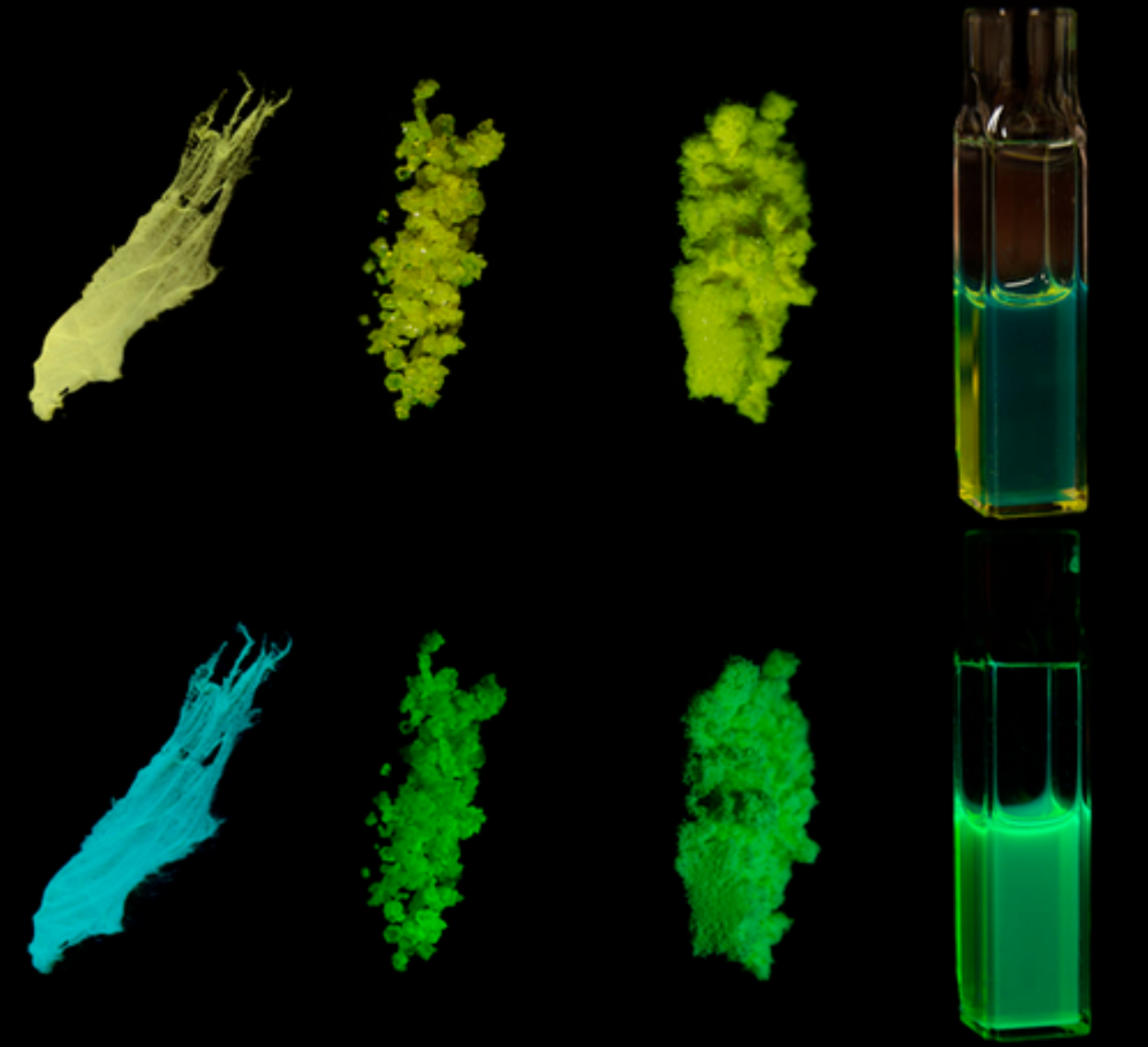- Startseite
- Forschungsabteilungen
- Funktionale Grenzflächen
- Forschungsergebnisse
- Leibniz IPHT develops Fluorophore Markers for the Life Sciences
Leibniz IPHT develops Fluorophore Markers for the Life Sciences

11.09.2023
The development of new molecular markers and fluorophores for the life sciences contributes to an even better investigation and understanding of structures and processes in cells and – perspectively – in tissues. The requirements for such molecular markers and fluorophores are manifold. They should be non-toxic, have characteristic optical properties and high fluorescence quantum yields, and ideally be capable of staining only certain cell types or cell components or of changing their optical properties depending on biologically relevant environmental parameters.
Leibniz IPHT contributes to the development of such innovative fluorophores and markers by characterizing the optical properties of such new molecules in cooperation with synthetic groups, e. g. the groups of Johannes Broichhagen at Leibniz Research Institute for Molecular Pharmacology and Robert Kretschmer at the Chemnitz University of Technology, and thus investigating the applicability of the systems. For example, new deuterated silicone rhodamines were shown to exhibit significantly improved fluorescence properties, in terms of brightness and emission lifetime, as well as reduced bleaching. The studies on novel aluminum-containing fluorophores have also shown that these systems exhibit a fluorescence quantum yield of 1, the highest value ever attainable, which has never been achieved before for aluminum complexes. Together with fluorescence microscopic investigations, application scenarios of these fluorophores could be demonstrated not only in life sciences but also in materials sciences.
